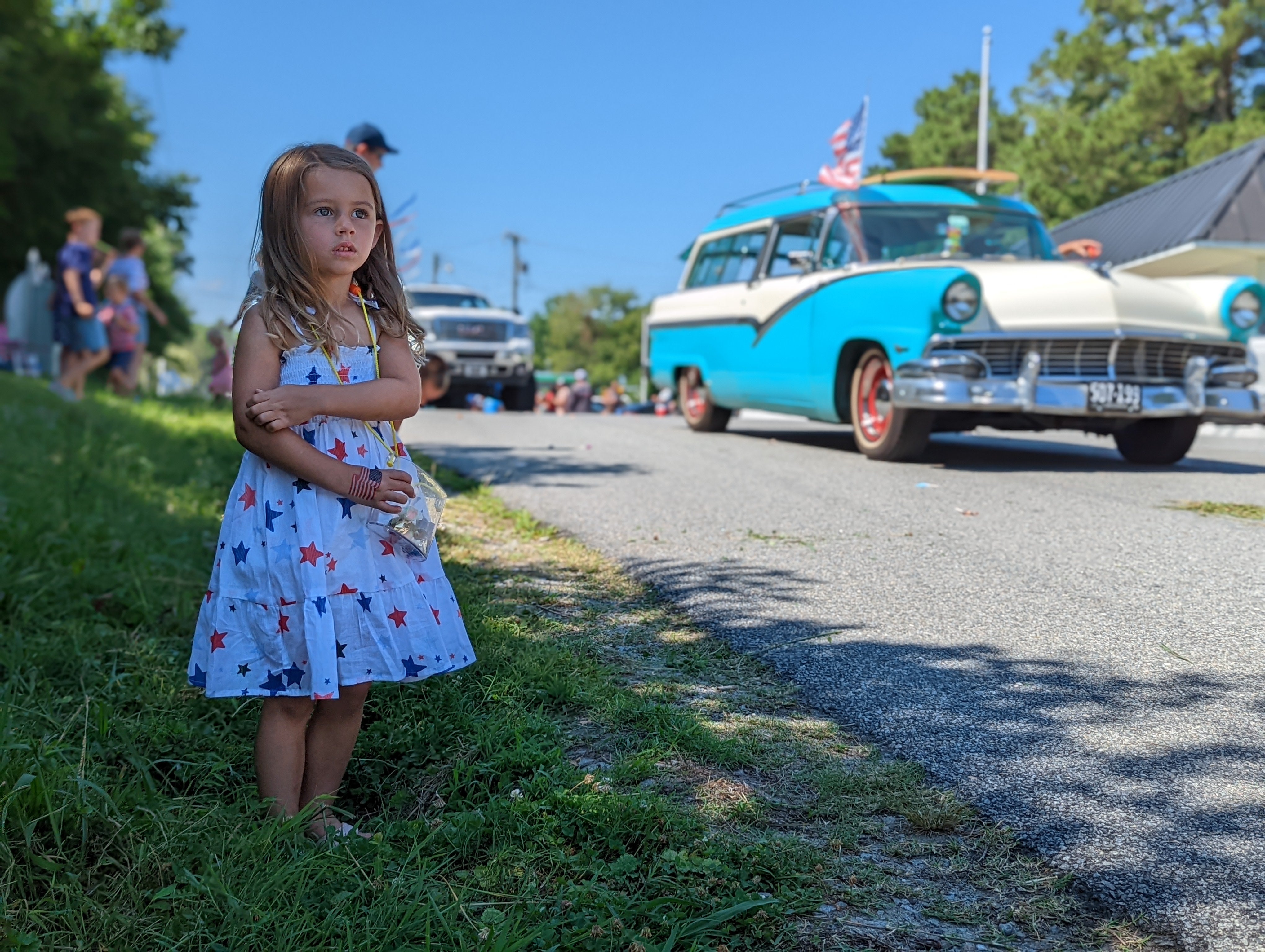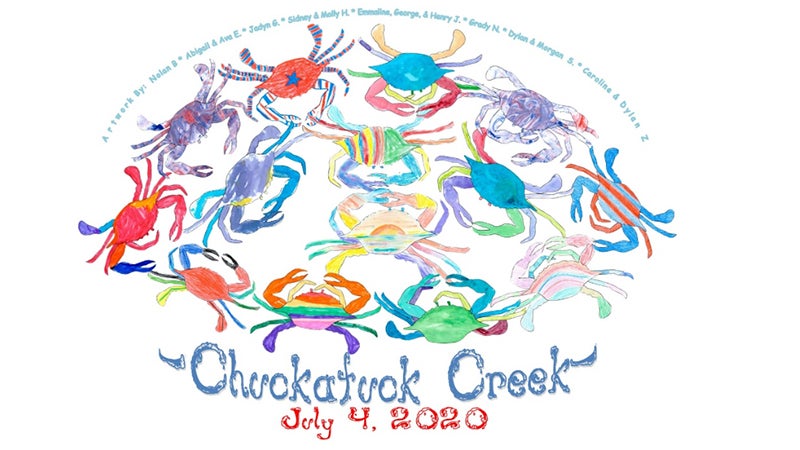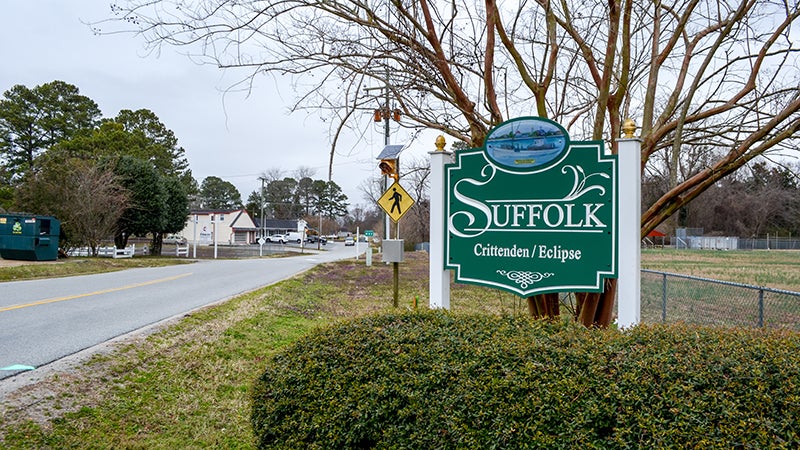Oyster harvest grows
Published 10:30 pm Monday, November 25, 2013

Father and son watermen Robbie and Ben Johnson unload a haul of oysters Monday after Robbie Johnson’s return from a morning and early afternoon on the Nansemond River. The Johnsons fish a private lease, where relatively plentiful supplies — in line with reports from the Commonwealth of improving oyster populations — mean there’s no need to venture into public waters.
It’s a chilly early afternoon Monday dockside at Johnson and Sons Seafood in Eclipse, and the senior Johnson maneuvers the “Mariner’s Cove” to the docks with another oyster haul.
Son Ben Johnson climbs aboard, and the pair start shoveling the catch into two large steel buckets, which four or five sets of hands, including Billy Moore on the hoister, work to unload into a box truck bound for W.E. Kellum Seafood in Weems.
On this particular day, Robbie Johnson got underway about 10 a.m. instead of sunrise after a mechanical problem, translating into a smaller haul than the customary 30 to 40 bushels.
Oystering lately has been good to the Johnsons, though. Thanks to a gradual increase in catches every year since about early 2005, they have not had to venture outside their private, leased waters into public waters, Ben Johnson reported.
“We have got enough oysters now in our privately-leased waters that we don’t have to,” he said.
The Virginia Marine Resources Commission says the 2012-2013 oyster harvest was the best in the commonwealth since 1987, with the 406,000 bushels a 60-percent increase on the previous year.
Figures count both wild-caught oysters and catches from privately leased waters.
“We had high expectations for the oyster harvest, but this is substantially better than we dared to hope,” VMRC Commissioner Jack Travelstead said in a news release. “This year’s oyster season opened last month, and the initial reports we’re hearing indicate we’re off to a very good start. The oysters being caught are big, tasty, and plentiful.”
Ben Johnson says the benefits of oystering in the 800 or more acres they privately lease over public waters include fewer restrictions and exclusivity.
“It’s less restrictions and it’s ours to do with as we please,” he said. “You find some oysters in a certain place … you don’t have to worry about someone coming and working it with you.”
Explaining the improving harvests, he said there are simply “more living oysters” these days, perhaps because citizens are more conscious about not letting pollutants such as fertilizer and detergents wash into the Nansemond.
For the family business, the strength of the oyster harvest means that when the traditional winter season ends, his father can continue oystering from April through October, while Ben Johnson changes to crabbing.
Year-round oystering helps the overall business, as the oyster market is reliable, Ben Johnson said.
“It’s up and down a little bit, but it stays fairly consistent,” he said. “You can figure out what you’re going to catch, roughly, and roughly what you’re going to get for them.”
Last year’s oyster harvest pumped an estimated $42.6 million into the state economy, the commission reports, with a dockside value of $16.2 million.
The commission expects future oyster harvests to grow even more, depending on weather and other environmental factors, following a $2-million investment in oyster replenishing programs this year.
Healthy oyster populations are critical to the health of the Chesapeake Bay, experts say, as a single oyster can filter 50 gallons of water daily, and oyster reefs provide habitat and feeding grounds for other aquatic creatures.
“Good fisheries management, prudent investment, and a business-friendly regulatory environment has put us in the most satisfying position of seeing a remarkable resurgence of Virginia’s oyster industry,” Virginia Seafood Council Executive Director Kim Huskey stated in the release.
“This is very good news, but more work needs to be done.”





